As a pet owner, you might be curious about the types of fruits that are safe for your furry friend. One fruit that often comes to mind is papaya. For many, the question is simple: can dogs eat papaya? The answer is yes, dogs can eat papaya, but it’s essential to understand both the nutritional benefits and potential risks involved. Let’s dive into what you need to know.
Papaya is a tropical fruit rich in vitamins, minerals, and antioxidants. This vibrant fruit can offer a variety of health benefits for your dog, provided it is served appropriately. The important nutrients found in papaya include:
- Vitamin A: Supports eye health and boosts the immune system.
- Vitamin C: A powerful antioxidant that can help reduce inflammation.
- Folate: Essential for cell division and DNA synthesis.
- Potassium: Important for maintaining healthy heart function.
- Dietary Fiber: Aids in digestion and can help prevent constipation.
These nutrients contribute to your dog’s overall health, and they can be particularly beneficial for older dogs or those with certain health issues. Additionally, the fiber in papaya can help regulate your dog’s digestive system, making it a great snack for dogs who experience digestive problems.
However, moderation is key. While papaya has many benefits, too much of it can lead to digestive upset or diarrhea due to its high fiber content. It’s best to introduce any new food, including papaya, gradually into your dog’s diet to see how they react.
When feeding papaya to your dog, there are certain precautions you should take. Here are some best practices:
- Remove the seeds: Papaya seeds can be harmful to dogs. They may contain compounds that can cause digestive issues. Always remove the seeds before serving.
- Serve ripe fruit: Ensure the papaya is ripe. Unripe papaya may not be safe for your dog.
- Limit the serving size: Start with small pieces (about a quarter of a slice) and observe your dog’s reaction.
- Consult your vet: If you have any concerns about introducing papaya or other fruits into your dog’s diet, consult your veterinarian.
It’s also worth noting that while papaya is a safe treat for most dogs, some dogs may have sensitivities or allergies to tropical fruits. If you notice symptoms such as vomiting, itching, or changes in behavior after feeding papaya, it’s important to stop giving it and consult a veterinarian.
| Nutrient | Benefit |
|---|---|
| Vitamin A | Supports vision and immune health |
| Vitamin C | Reduces inflammation and boosts immunity |
| Folate | Supports cell growth and repair |
| Potassium | Maintains heart health and muscle function |
| Dietary Fiber | Aids digestion and prevents constipation |
Papaya into your dog’s diet can be a fun way to introduce new flavors and textures. Always remember that treats should only make up a small portion of your dog’s overall diet. A well-balanced canine diet primarily consists of high-quality dog food tailored to your dog’s specific needs.
If you are interested in learning more about canine nutrition, you can check out the American Kennel Club. They provide a wealth of information on what is safe and beneficial for your dog’s health.
Ultimately, the question of “can dogs eat papaya” comes down to moderation and your dog’s individual dietary needs. As long as it’s fed correctly and in sensible portions, your dog can enjoy this tropical fruit without worry. Happy feeding!
Healthier Fruit Alternatives for Your Dog
Searching for healthful snacks for your furry friend? Dogs can enjoy a variety of fruits, but it’s essential to provide options that are safe and nutritious. Understanding which fruits are healthy alternatives for your dog can enhance their diet and keep them happy. Here’s a guide to healthier fruit choices for your canine companion.
Benefits of Fruit for Dogs
Fruits offer numerous health benefits for dogs. They are often packed with vitamins, minerals, and antioxidants. Here’s what fruit can do for your dog’s health:
- Boost Immunity: Fruits such as blueberries are high in antioxidants that improve your dog’s immune system.
- Improve Digestion: Fruits like apples are good sources of fiber, aiding in digestion.
- Hydration: Many fruits have high water content, helping to keep your dog hydrated.
Safe and Nutritious Fruits for Dogs
Knowing which fruits are safe for dogs is crucial. Below is a list of some great fruit options to consider:
- Blueberries: These tiny berries are low in calories and high in antioxidants. They can improve cognitive function and are a perfect training treat.
- Apples: Rich in vitamins A and C, apples can be a crunchy snack. Just remember to remove the seeds!
- Bananas: Full of potassium and great for energy, bananas can serve as a healthy snack. However, feed them in moderation due to their sugar content.
- Watermelon: This refreshing fruit is primarily water, making it a great way to keep your dog hydrated. Be sure to remove the seeds and rind.
- Pumpkin: Technically a fruit, pumpkin is excellent for digestion and can help with a dog’s gastrointestinal health. Look for plain canned pumpkin (not pumpkin pie filling).
Fruits to Avoid
While many fruits are safe, some can be harmful or toxic to dogs. Here’s a brief list of fruits you should avoid:
- Grapes: Even small amounts can lead to kidney failure in dogs.
- Cherries: The pits can be toxic and cause cyanide poisoning.
- Avocado: Contains persin, which is harmful to dogs.
How to Serve Fruits to Your Dog
Here are some suggestions for incorporating fruits into your dog’s diet:
- Fresh Snacks: Wash and chop the fruits into bite-sized pieces.
- Frozen Treats: Blend fruits like bananas or strawberries, then freeze them in ice cube trays for a cool snack on hot days.
- Mixed Meals: Add fruits to your dog’s meals for added nutrition. For example, mix chopped apples or berries into their regular food.
Monitoring Reactions
Whenever introducing a new food, observe your dog for any adverse reactions. It’s best to start with a small amount to see how their digestive system responds. If any digestive upset occurs, discontinue the fruit and consult your veterinarian.
Consulting with Your Vet
Before making any major dietary changes, it’s wise to speak with your veterinarian. They can provide tailored advice based on your dog’s health needs and dietary restrictions.
Resources for More Information
For further details on how to incorporate fruits safely into your dog’s diet, check out these authoritative resources:
Safe fruits into your dog’s diet can be a fun and healthy way to treat and bond with your pup. Be mindful of what you serve and gauge their reactions, ensuring a delicious and beneficial addition to their meals.
How to Safely Introduce New Foods to Your Dog
Introducing new foods to your dog can be an exciting adventure for both of you. It’s essential, however, to do so gradually and safely to avoid digestive upset or allergic reactions. Here are some effective strategies to help you introduce new foods to your furry friend.
Start with Small Portions
When trying any new food, start with a tiny amount. This could be a teaspoon of a new fruit or vegetable mixed in with their regular diet. Observing how your dog reacts after eating this small portion will help you gauge if the food is safe for them. If everything seems fine after 24 hours, gradually increase the amount.
Choose Safe Foods
Ensure that the foods you are considering are safe for dogs. Some fruits and vegetables are beneficial, while others can be toxic. Here are some that are safe:
- Carrots
- Apples (without seeds)
- Blueberries
- Bananas
- Green beans
On the other hand, avoid foods like grapes, raisins, onions, and chocolate, as these can seriously harm your dog. A great resource to check for safe and toxic foods is the ASPCA Animal Poison Control.
Monitor for Reactions
As you introduce new foods, keep an eye on your dog for any negative reactions. Signs of an allergic reaction can include:
- Vomiting
- Diarrhea
- Itching or skin irritation
If you notice any of these symptoms, discontinue the new food immediately and consult your veterinarian for further advice.
Consider Allergies and Sensitivities
Each dog is unique and may have different food preferences or sensitivities. It’s wise to be aware of your dog’s history with food allergies. Talk with your veterinarian about any known allergies your dog may have and consider doing a food sensitivity test if needed.
Mix with Their Regular Food
To help your dog transition to new foods, mix them with their regular diet. This not only masks the taste but also allows your dog to gradually adapt to the new flavor and texture. For example, if you’re introducing papaya, you can mash a small piece and blend it with their usual kibble.
Patience is Key
It’s important to be patient throughout the process. Some dogs may take longer than others to accept new foods. Encourage them by being positive and offering praise when they try a new item. The goal is to make the experience enjoyable, so try to have fun with it!
Hydration Matters
Always ensure your dog has access to fresh water. Introducing new foods can sometimes upset their stomach, causing them to be less thirsty. Keep an eye on their water intake and encourage them to stay hydrated, especially during the transition period.
Consulting with Your Veterinarian
Your veterinarian is a valuable resource when it comes to your dog’s diet. Discuss any new foods you want to introduce and follow their recommendations for the best practice. They can give specific advice tailored to your dog’s needs, helping you keep their diet balanced and healthy.
For more information on dog nutrition, you can visit the Purina Dog Nutrition website. Understanding what your dog needs nutritionally can help ensure you make the right choices for their health.
Correct Portion Sizes and Frequency
When incorporating new foods, it’s crucial to consider portion sizes. Below is a basic guideline to follow for occasional treats, which should only make up about 10% of their daily caloric intake:
| Dog Weight | Safe Treat Portion |
|---|---|
| 10 lbs | 1-2 teaspoons |
| 20 lbs | 2-3 teaspoons |
| 50 lbs | 3-5 teaspoons |
Remember, each dog is different, so adjust the portion sizes based on their individual needs and watch for any changes in their weight or health. By taking a thoughtful and gradual approach, you can safely introduce new foods into your dog’s diet, helping to keep their meals exciting and nutritionally balanced.
Signs of Food Allergies in Dogs: What to Look For
If you’ve noticed your dog scratching more than usual or having stomach issues after meals, they might be experiencing food allergies. Recognizing these signs early can help you provide the necessary care and adjustments to their diet. Here are some common indications of food allergies in dogs that you should watch for.
Skin Reactions
Skin issues are one of the most prevalent signs that a dog might be suffering from food allergies. Look out for:
- Itchy Skin: Excessive scratching can lead to redness and irritation.
- Hot Spots: These are areas of inflamed, infected skin that can develop from constant scratching.
- Red or Watery Eyes: Allergies can also manifest through eye irritation.
- Ear Infections: Recurrent ear issues can be a sign of underlying allergies.
Digestive Disturbances
Food allergies can greatly affect your dog’s digestive system. Watch for these gastrointestinal signs:
- Vomiting: If your dog vomits soon after eating, it’s a possible sign of an allergic reaction.
- Diarrhea: Frequent loose stools, especially with mucus, can indicate a food allergy.
- Flatulence: Excessive gas can stem from a food sensitivity.
Behavioral Changes
Changes in behavior can also signal food allergies. If your dog appears anxious or restless, they might be uncomfortable due to their allergies. Specifically, look for:
- Increased Aggression: Irritability can result from the discomfort caused by allergies.
- Reduced Energy: A dog in distress may seem less playful and more lethargic.
Signs of Allergies vs. Other Health Issues
While many of these symptoms can be linked to food allergies, they may also indicate other health problems. It’s essential to consider the full context:
| Symptom | Possible Cause |
|---|---|
| Itchy skin | Food allergy, flea allergy, or skin infection |
| Vomiting | Food allergy, poisoning, or stomach bug |
| Diarrhea | Food allergy, infections, or stress |
Diagnosis and Testing
If you suspect your dog has food allergies, the best course of action is to consult with a veterinarian. They may recommend various diagnostic procedures, including:
- Elimination Diet: By gradually introducing new foods, your vet can determine which ingredients may be causing reactions.
- Allergy Testing: Blood tests can help identify specific food allergies.
Managing Food Allergies
Once you have identified the specific allergy, managing your dog’s diet is crucial. Here are some strategies to consider:
- Read Ingredients: Always check food labels carefully for possible allergens.
- Switch to Hypoallergenic Food: Consult your vet for recommendations on suitable dog foods.
- Home-Cooked Meals: You might consider preparing meals at home to know exactly what your dog is eating, but ensure it’s balanced.
For more information on dog food allergies, you can check out [American Kennel Club](https://www.akc.org/expert-advice/nutrition/food-allergies-in-dogs/) here or visit [PetMD](https://www.petmd.com/dog/conditions/skin/c_multi_food_allergies) here.
Being attentive to your dog’s symptoms can make all the difference between a happy, healthy pet and a dog struggling with allergies. If you observe any of the signs discussed, consult a vet to explore the best dietary options for your furry friend.
Homemade Treats for Dogs: Incorporating Fruits Safely
When it comes to our furry friends, we all want to give them the best. One way to do this is by incorporating healthy homemade treats into their diet. Fruits are a great choice, packed with vitamins and fun flavors. However, not all fruits are safe for dogs. It’s important to know which ones are safe and how to prepare them. Here are some fruit options that are ideal and ways to make them into delightful treats.
Safe Fruits for Dogs
First, let’s look at some fruits that are not only safe but also beneficial for your dog:
- Apples: Apples are a crunchy treat. They are full of vitamins A and C and also contain fiber. Just be sure to remove the seeds and core first.
- Blueberries: These tiny berries are a superfood! Blueberries are packed with antioxidants and are low in calories.
- Bananas: Rich in potassium, bananas can be a sweet reward for your dog. They should be given in moderation because of higher sugar content.
- Carrots: While technically a vegetable, carrots are a great low-calorie snack that many dogs enjoy. Slice them into bite-sized pieces.
- Watermelon: This juicy treat is hydrating and can be refreshing on hot days. Just remove the seeds and rind.
- Pineapple: Pineapple contains bromelain, which helps with digestion. Feed it in small chunks, and it’s a tropical delight!
How to Prepare Fruit Treats
Turning fruits into tasty treats is easy! Here’s how you can make two simple recipes:
Frozen Fruit Cubes
These are perfect for hot days.
- Chop safe fruits like watermelon or apples into small pieces.
- Add them to ice cube trays.
- Pour coconut water or low-sodium chicken broth over the fruits.
- Freeze for a few hours.
- Pop one out as a refreshing treat for your dog!
Fruit Salad for Dogs
This mix can be a delightful snack!
- Choose from safe fruits: apples, blueberries, and bananas.
- Dice them into small, manageable pieces.
- Mix in a bowl and serve in moderation!
- You can also add a dollop of unsweetened yogurt for added creaminess.
Fruits to Avoid
While many fruits are safe, some should never enter your dog’s diet:
- Grapes and raisins: These can cause kidney failure in dogs, so avoid them completely.
- Citrus fruits: Oranges and lemons can upset a dog’s stomach.
- Cherries: The pits can be harmful and contain cyanide.
Important Tips for Feeding Fruits
Follow these guidelines to keep your pup happy and healthy:
- Always wash fruits thoroughly to remove pesticides.
- Introduce new fruits slowly to watch for any allergic reactions.
- Moderation is key! Too much fruit can lead to digestive upset.
For more information on dog nutrition, you can visit American Kennel Club or PetMD.
By incorporating safe fruits into your dog’s treats, you can enhance their diet while keeping treat time fun and flavorful. Homemade treats not only allow you to control ingredients but also give your dog a unique taste experience. Always remember to prioritize their health and safety when exploring new foods!
Conclusion
Understanding whether dogs can eat papaya is crucial for any dog owner considering their pet’s diet. Papaya offers several nutritional benefits, like vitamins A, C, and E, as well as dietary fiber, which can support your dog’s digestive health. However, it’s essential to be aware of the risks, such as the potential for food allergies and the importance of preparing the fruit correctly to avoid any harmful seeds.
If you’re looking for healthier fruit alternatives, options like blueberries, watermelon, and apples can offer similar health benefits without the same risks associated with papaya. These fruits are generally well-tolerated by dogs and can provide a tasty and nutritious treat.
Introducing new foods to your dog should always be done cautiously. Start with small amounts and monitor their reaction. This will help you ensure that they do not experience adverse effects or allergic reactions. Signs of food allergies in dogs include itching, gastrointestinal upset, or changes in behavior. Being vigilant about these signs can help you quickly address any issues that may arise from new additions to their diet.
Making homemade treats for your dog can be a wonderful way to incorporate fruits safely. Crafting treats with ingredients you can trust allows you to control what goes into your dog’s diet and ensure they enjoy healthy snacks. Whether you’re considering papaya or exploring other fruit options, always prioritize your dog’s well-being. Making informed choices about their diet benefits not just their health but also strengthens the bond you share.




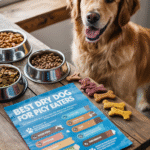
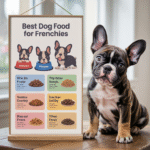
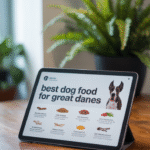

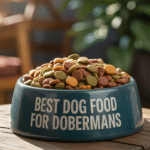


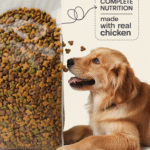
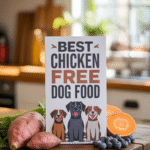

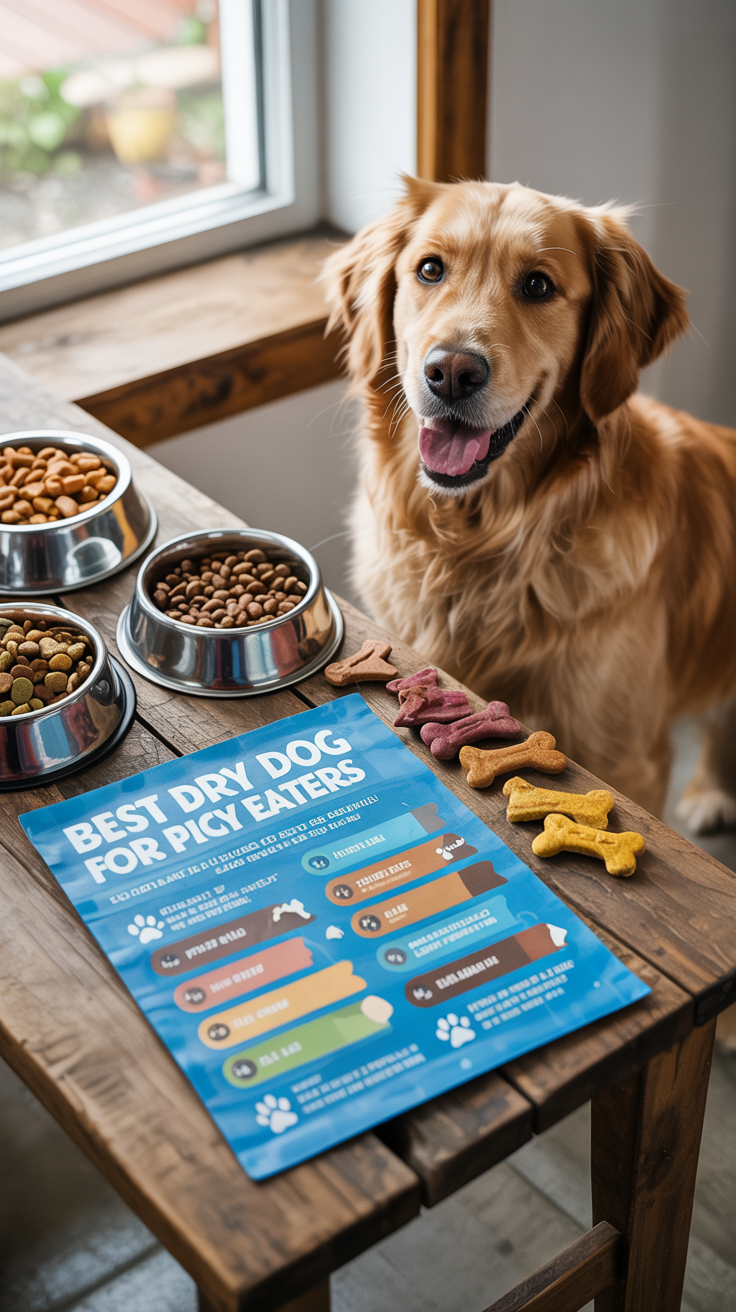
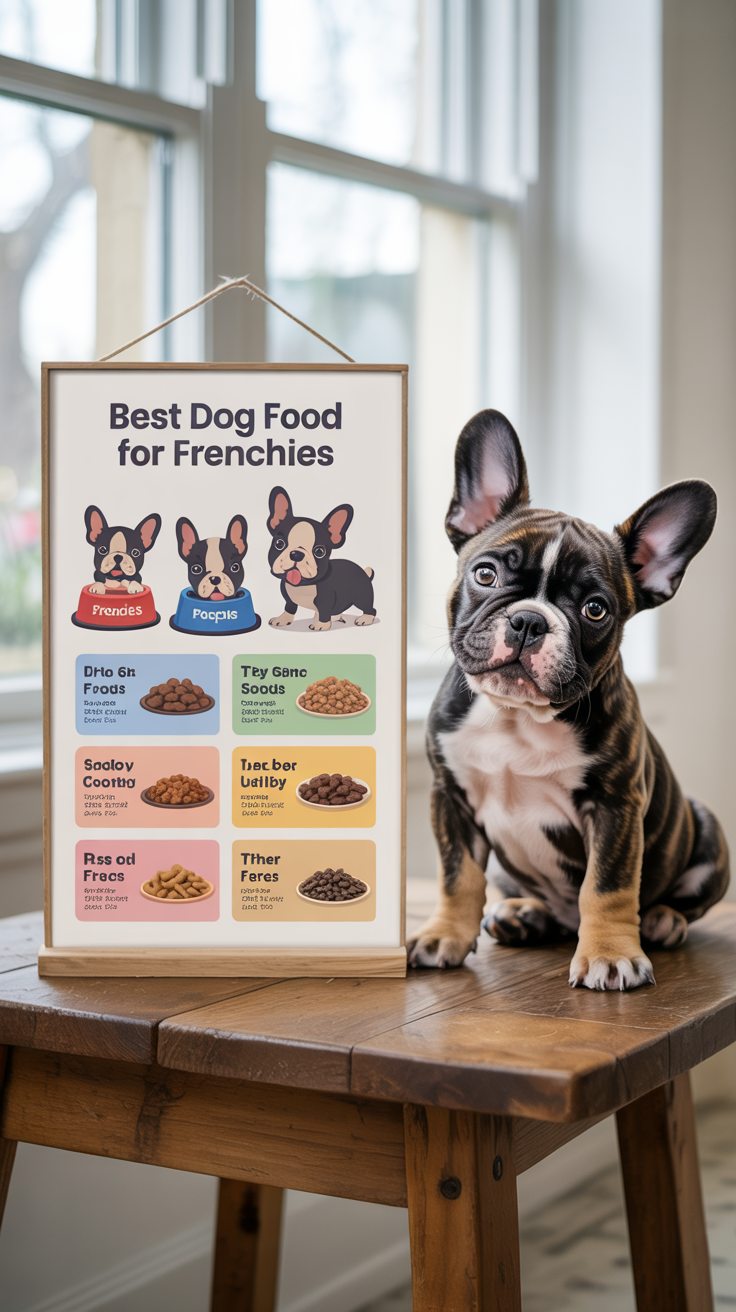
Leave a Reply